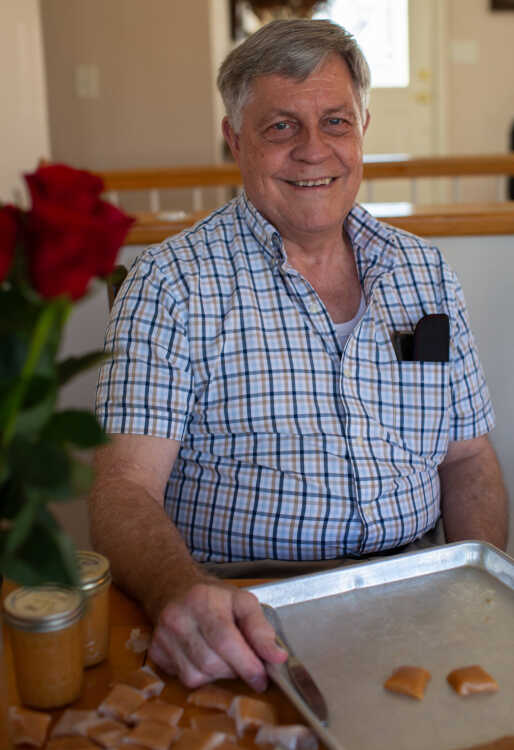
Wes Mueller poses with a batch of caramel. His mother Bert Mueller gave him the recipe when he left his hometown of Sidney, Neb., for college. He says it's the best caramel he's had.
Photo by Jasmine Jones
Wes Mueller grew up in Sidney, Neb., a city of 6,000 people — which he says wasn’t small for Cheyenne County, a mostly rural farming community in the western corner of the state. Wes says his mother Bert Mueller was known for her cooking throughout their community.
“[Growing up,] I always had snacks and pastries and all kinds of things. I thought life was that way. And then I went to a friend’s house, and it wasn’t,” Wes says.
When Wes left home to attend Ricks College — now known as Brigham Young University—Idaho — in Rexburg, Idaho, his mother hand-copied 100 of her recipes for Wes to take with him. Those recipes were the basis of his meals while he was a student. One of the recipes included in the batch was for homemade caramel, but Wes didn’t attempt to make the dessert until after he married his wife Claudia years later.
Once the couple started making caramel, it became one of their favorite recipes. During Thanksgiving one year, as Wes helped his mother unwrap Kraft caramels for use in her dipped candies, he asked why she wasn’t using her own recipe — which he says is the best caramel he’s ever tasted. It turns out, his mother didn’t have the caramel recipe he’d been using, so he shared her own recipe with her.
In the early 1980s, Bert started her business Mueller’s Fine Chocolates out of her home in Sidney, and this caramel recipe became a staple for her homemade candies; she made more than 100 pounds of it every year. Wes says his mother had tubs in her house full of candies: millionaires, chocolate caramels, peanut brittle and other chocolate-dipped treats.
She told Wes she would quit making chocolates when she didn’t like it anymore, but she never quit. She was even featured in the documentary “Nebraska: The Chocolate Life” for her home-based chocolate business, shown on PBS Nebraska. His sister Pam Uhl currently runs Mueller’s Fine Chocolates, selling the chocolates online through a website.
Bert spent the last two months of her life in Cape Girardeau with Wes and Claudia. Wes says they spent a lot of their time together during those two months perfecting a peanut brittle recipe.
“We had [the peanut brittle recipe] down where it’s pretty good, but we wanted it to be just right. We don’t touch it after we tip the pan; we tip it so that it spreads out and makes a much lighter peanut brittle than if you touch it and spread it out,” Wes says. “We did things like that.”
Wes says his mother was always good at writing recipes so anybody could make it. He says it was never “a pinch” of an ingredient; every ingredient was measured out exactly. As a plant scientist and retired Southeast Missouri State University (SEMO) professor of agriculture, Wes loves to know how things work, including recipes. He takes after his mother in this way.
Wes moved from California to Cape Girardeau in 1999 when he accepted his job at SEMO as chair of the Agriculture Department, later stepping down as chair to focus solely on teaching. Wes says his grandparents were from the Altenburg/Frohna area in Perry County, Mo., so he was somewhat familiar with Cape Girardeau.
“We call it a multigenerational homecoming,” Wes says of his family’s move to Southeast Missouri.
Wes specializes in cotton and has done a lot of research on the plant. He also spins and weaves cotton and has a loom at his house, which he uses to make homemade rugs and other items. As a naturally curious individual, Wes has many hobbies, including fishing, birdwatching, gardening, woodworking and of course, cooking.
Wes began most of these hobbies as a young adult or adolescent. He got his first Mitchell 300 fishing reel when he was 12 or 13 years old, and started bird watching around this same time. As of February 2024, Wes has spotted 535 species of birds, which he calls his “life list,” and 102 of these birds have been spotted in — or above — his backyard in Cape Girardeau.
"[Birdwatching] kind of fits my personality. I like to memorize things and figure out what they are,” Wes says. “This is one of the best places to see warblers, because they follow the Mississippi River. It’s just an outstanding place for things like that.”
As for gardening, Wes has tended the soil of his and his wife’s backyard for more than 20 years, and Claudia jokes it is “finally not clay anymore.” They grow carrots, tomatoes, peppers, garden peas, tomatillos, strawberries and raspberries.
“There’s kind of an art to it around here. You don’t just put a seed in the ground, and oh, you have a garden. No,” Wes says.
Wes enjoys the slow process of woodworking, and he is currently at work on a curio cabinet. When half of a double oak tree fell down in his and his wife’s backyard, Wes says they had to cut the other part of the tree down; he saved the wood from this tree and made a cutting board out of it.
Still, it’s his candy making hobby Wes feels connects him to his family; he says all of his siblings — two brothers and two sisters — make candy and cook.
When cooking caramel, Wes says he always thinks of his mother.
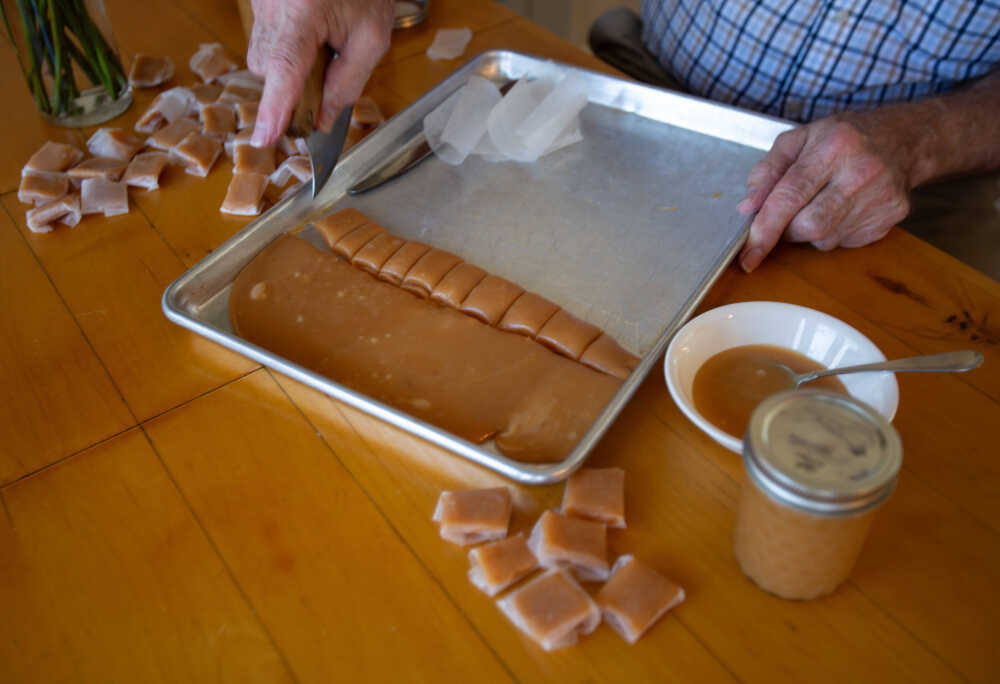
Wes Mueller cuts a sheet of caramel into small squares which he wraps individually. Mueller's sister currently runs his mother's chocolate business, Mueller's Fine Chocolates, out of Nebraska where he grew up.
Photo by Jasmine Jones
Mueller's Caramels
Recipe by Bert Mueller, adapted by Wes Mueller
3 cups corn syrup
¾ teaspoon salt
3 cups sugar
¾ cups butter (not margarine)
1½ cups cream
1½ cups canned milk (one can)
Place the corn syrup, salt and sugar in a large kettle. (Our eight-quart pan works well.) Bring this mixture to a boil, stirring occasionally. Cook to 255 degrees Fahrenheit, then add the butter, cream and canned milk slowly. Cook this to 235 degrees Fahrenheit.
During the second stage, stir often to keep it from sticking to the bottom of the pan. I found that a metal pancake turner works well, scraping all areas of the pan bottom. Near the end of the process, you need to stir constantly.
To keep it from sticking to the cookie sheet, I let it cool until I can touch the pan sides, then pour it onto a buttered cookie sheet with sides. Stir in coarsely-chopped pecans if desired, after it is cooked, or add nuts to the top, after it has cooled a bit on the cookie sheet.
To make caramel topping:
Cook as above. When it reaches 235 Fahrenheit, turn off the stove and add 1 cup milk. Stir it in and let it cool and pour into bottles.
To make a partial batch of caramel topping, add ¼ cup milk to each 1¾ cups cooked caramel when still hot.
NOTE: These temperatures are perfect for Cape Girardeau, which is about 500 feet elevation. You will need to change cooking temperatures if elevation is significantly different.
Learn how to make caramels
See Wes make this recipe at The Best Years Facebook page.
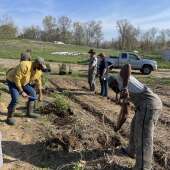
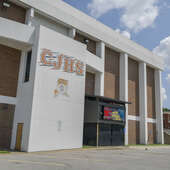 Local News 4/29/24Cape Girardeau junior high sees improvements since implementing ‘Power of ICU’ program1A program recently implemented at Terry W. Kitchen Central Junior High School in Cape Girardeau has quickly led to improved grades, fewer missing assignments and decreased disciplinary referrals, according to district officials. The program, called...
Local News 4/29/24Cape Girardeau junior high sees improvements since implementing ‘Power of ICU’ program1A program recently implemented at Terry W. Kitchen Central Junior High School in Cape Girardeau has quickly led to improved grades, fewer missing assignments and decreased disciplinary referrals, according to district officials. The program, called...

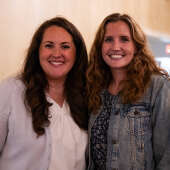
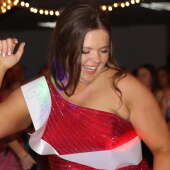
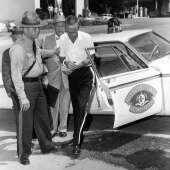




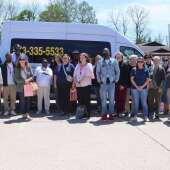
 Local News 4/26/24Scott City School District explains weapon situation involving middle school student1A Scott City Middle School student was taken into custody on Thursday morning, April 25, after he brought a gun, later determined to be a BB gun, to the school, according to a message sent from the district to parents...
Local News 4/26/24Scott City School District explains weapon situation involving middle school student1A Scott City Middle School student was taken into custody on Thursday morning, April 25, after he brought a gun, later determined to be a BB gun, to the school, according to a message sent from the district to parents...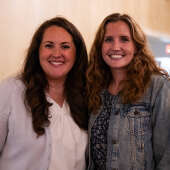

 Local News 4/25/24Local public school admins urge Gov. Parson to veto omnibus education bill due to funding concerns16A 150-plus page education bill that has passed through the state House of Representatives and Senate has local public school administrators urging Gov. Mike Parson to veto it. Concerns surrounding Senate Bill 727 — which evolved from a 12-page bill...
Local News 4/25/24Local public school admins urge Gov. Parson to veto omnibus education bill due to funding concerns16A 150-plus page education bill that has passed through the state House of Representatives and Senate has local public school administrators urging Gov. Mike Parson to veto it. Concerns surrounding Senate Bill 727 — which evolved from a 12-page bill... Local News 4/25/24Man charged in Tuesday apartment shooting in Cape Girardeau1A man is facing three felony charges in connection with a Tuesday, April 23, shooting that left one person wounded. Cape Girardeau County Circuit Court documents indicate Prosecuting Attorney Mark Welker has charged Michael Dewayne Thompkins with...
Local News 4/25/24Man charged in Tuesday apartment shooting in Cape Girardeau1A man is facing three felony charges in connection with a Tuesday, April 23, shooting that left one person wounded. Cape Girardeau County Circuit Court documents indicate Prosecuting Attorney Mark Welker has charged Michael Dewayne Thompkins with...
 Local News 4/25/243 arrested in Bollinger County after drug investigation3An ongoing and multijurisdictional investigation into a probation violation and drug distribution yielded the arrests of three men April 17, in Bollinger County. The men taken into custody face charges relating to drug and weapons charges. ...
Local News 4/25/243 arrested in Bollinger County after drug investigation3An ongoing and multijurisdictional investigation into a probation violation and drug distribution yielded the arrests of three men April 17, in Bollinger County. The men taken into custody face charges relating to drug and weapons charges. ... Local News 4/25/24Route CC in Scott County closed for pavement repairs; Route C in Perry County reduced for pavement workRoute CC in Scott County, between Highway 91 and Route W near Oran, will be closed as Missouri Department of Transportation crews perform pavement repairs. A MoDOT news release indicated the work will take place daily from 8 a.m. to 3 p.m. Monday,...
Local News 4/25/24Route CC in Scott County closed for pavement repairs; Route C in Perry County reduced for pavement workRoute CC in Scott County, between Highway 91 and Route W near Oran, will be closed as Missouri Department of Transportation crews perform pavement repairs. A MoDOT news release indicated the work will take place daily from 8 a.m. to 3 p.m. Monday,...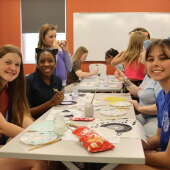

 Local News 4/24/24Cape Girardeau school board to implement cellphone pouches at junior high, buy out leased pouches at high school9The Cape Girardeau School District Board of Education voted unanimously Monday night to implement the YONDR cellphone pouches at Terry W. Kitchen Central Junior High School for the 2024-25 school year, in addition to buying out the current stock of...
Local News 4/24/24Cape Girardeau school board to implement cellphone pouches at junior high, buy out leased pouches at high school9The Cape Girardeau School District Board of Education voted unanimously Monday night to implement the YONDR cellphone pouches at Terry W. Kitchen Central Junior High School for the 2024-25 school year, in addition to buying out the current stock of...





 Most read 4/23/24Cape man pleads guilty to 15-year-old's 2019 murder3A Cape Girardeau man pleaded guilty Monday, April 22, to the 2019 killing of a 15-year-old girl. A release from Cape Girardeau County Prosecuting Attorney Mark Welker says Isaiah Lane, 33, pleaded guilty in circuit court to second-degree murder and...
Most read 4/23/24Cape man pleads guilty to 15-year-old's 2019 murder3A Cape Girardeau man pleaded guilty Monday, April 22, to the 2019 killing of a 15-year-old girl. A release from Cape Girardeau County Prosecuting Attorney Mark Welker says Isaiah Lane, 33, pleaded guilty in circuit court to second-degree murder and... Most read 4/22/24Death investigation underway in Scott CountyBENTON — A death investigation is underway in Scott County. Scott County Sheriff Wes Drury confirmed one person is custody following an incident early Monday, April 22 in rural Scott County. Further information will be available later Monday, the...
Most read 4/22/24Death investigation underway in Scott CountyBENTON — A death investigation is underway in Scott County. Scott County Sheriff Wes Drury confirmed one person is custody following an incident early Monday, April 22 in rural Scott County. Further information will be available later Monday, the...


